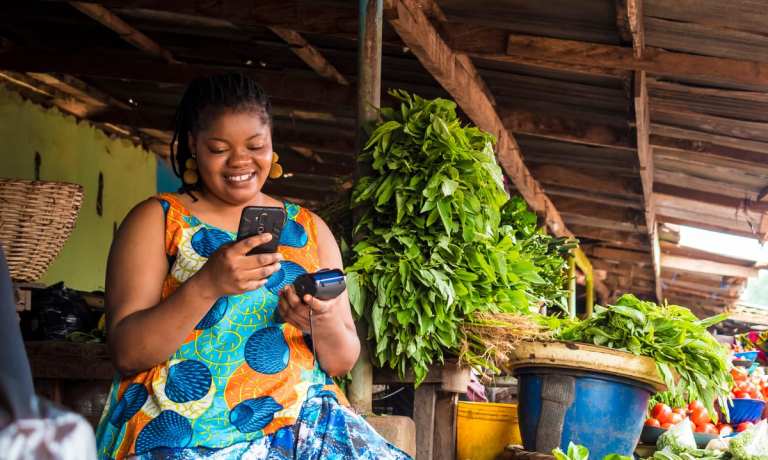Mastercard’s Airtel Investment Spotlights Africa’s Mobile Money Boom

The mobile payments surge is global in scope, touching all regions and countries. That’s especially apparent in Africa, where as reported Thursday (April 1), Airtel Africa is getting a $100 million investment from Mastercard that valued the platform at roughly $2.7 billion, and which would give Mastercard a 3.7 percent stake in the firm.
In part the deal is one that is strategically targeting public markets, as Airtel management has stated it intends to list this business within four years (earlier in the year, the firm closed a $200 million deal to sell part of its money business to the Rise Fund, part of U.S. private equity firm TPG).
At the same time, the announcement also mentions that the joint efforts between Mastercard and Airtel will focus on financial inclusion across the region — through specific services/offerings such as payments gateways, payment processing and remittances.
The latest news continues the relationship between Airtel and Mastercard announced at the end of 2019 that has focused on connecting millions of Airtel Money customers to a global online marketplace — using the Airtel Money Mastercard virtual card. In addition, users can leverage their mobile phones to make payments using QR codes.
To be sure, in Africa, as has been seen pretty much everywhere else, the pandemic has underscored and given a tailwind to the rise of mobile money movement. As reported by PYMNTS at the end of last month, MFS Africa said that it has reached more than 320 million mobile money wallets — which translates to about 60 percent of all such wallets in sub-Saharan Africa.
Momentum For Mobile Money
A recent report by the GSMA (an organization that represents mobile network firms) focused on mobile money estimates that globally, there are more than 1.2 billion registered mobile money accounts globally; with a transaction volume of about $767 billion (USD), up 22 percent. Drilling down a bit, there are about 560 million registered accounts in Africa, according to the report, up 12 percent year over year; transaction volume stands at 27.5 billion (up 15 percent), with the equivalent of $495 billion in USD.
“Sub-Saharan Africa has been at the forefront of the mobile money industry for over a decade, and in 2020 continued to account for the majority of growth (43 per cent of all new accounts),” said the report.
The competitive lines in the sand, so to speak, are being drawn up in Africa. As reported in mid-2020, Safaricom, Kenya’s telecommunications giant, and the South African mobile communications company Vodacom acquired the M-PESA brand. And in addition, Airtel last year announced a deal with MoneyGram to enable Airtel Money’s 19 million customers to receive MoneyGram transfers directly into their mobile wallets.
Thus far, though, M-PESA stands as the dominant player in the space, with the site technext.org reporting that M-PESA has nearly 99 market share in countries such as Kenya, though the overall trend may be one where a rising tide lifts all boats.
In a recent interview, DPO Group CEO Eran Feinstein told Karen Webster that 80 percent of the population carries a mobile device and by 2025, two-thirds will have a smartphone. And beyond the basic money movement between personal accounts, he said of merchants and customers, “the point is to connect them to something, to make the mobile money be able to move in ways that are appropriate, secured with tokenization and useful,” Feinstein said.
Read More On Mobile Payments:
- Capital One Announces $265 Billion Community Plan as Part of Discover Deal
- Study: Digital Wallets to Overtake Debit Cards for In-Store Payments by 2027
- Winning Top Of Wallet: How Financial Institutions Compete in the Embedded Finance Era
- Trending: Next Steps for Apple as It Opens Its Ecosystem in Europe